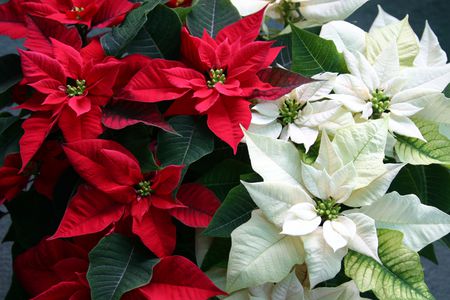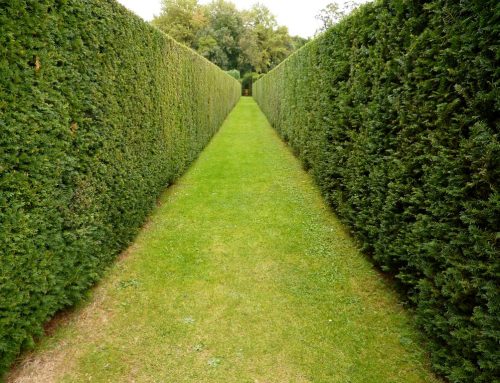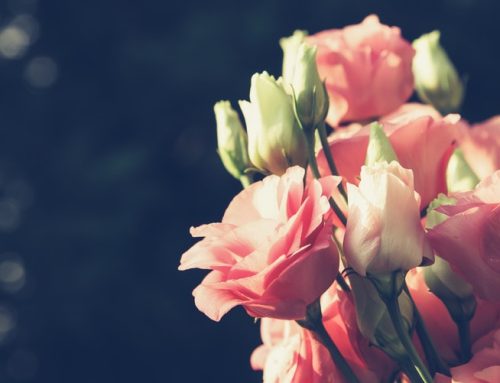The Christmas Star: "The Flower of the Holy Night"
[dt_vc_list]
Origin and symbolism
Poinsettia (Euphorbia pulcherrima)
With its bright and luxurious vision, it is an integral part of the Christmas decoration in many homes around the world.
Also known as the „Christmas star“ and „the flower of the holy night“, it is traditionally associated with the Nativity, but it has a very rich history and before the emergence of this association.
It originates from the subtropical climate of Mexico, where it was used in the 14th century by the Aztecs for medical purposes and for the extraction of red color shades. The very name „poinsettia“ comes from Joel Painse, the first US Ambassador to Mexico, who, as a botanist, appreciates the exotic charm of the flower and spreads it to his homeland.
[/dt_vc_list]
[dt_fancy_title title=“Contemporary understanding of the poinsettia“][dt_vc_list]
As a Christmas star, it dates back to the 17th century, when Franciscan monks in Mexico began using it at the Christmas ceremony.
At that time, the legend of the little Pepita of the very poor family, which on Christmas Eve wanted to present a gift to the Savior, was born. The story claims that the little child cut off several branches of a bush near the street, and on their tops blossomed beautiful red stars. Although the legend’s truth can not be established, it is certainly a beautiful metaphor for the meaning of Christmas presents that arises not from their material value but from their love and care. That’s why the Christmas star remains a widely-favored gift for the holidays, and to this day the poinsettia is the best-selling indoor plant within the United States.[/dt_vc_list]


[dt_vc_list]
Care tips:
- Holiday care begins with appropriate light, irrigation and temperature conditions.
- While fully blossomed, the Christmas star loves cool, humid places in strong but indirect light and high humidity.
- It should be thoroughly watered, but sufficient drainage should be provided.
- It is also necessary to avoid leaving immersed in water to avoid rotting the root.
- To increase humidity, close to other plants or artificial humectants can be used.
- Once the blooms (the colored leaves) are gone, regular watering should be reduced and the plant allowed to dry to a certain extent but not completely.
The poinsettia should move to a cool and dark room until the beginning of spring. In the post-flowering period, fertilization may be applied once a month or two weeks.
If the poinsettia have received the necessary conditions in the environment, they should begin to grow again within weeks.[/dt_vc_list]
In the spring (around April)
The flower returns to a sunny place and is watered abundantly. All twigs are cut to about 15 cm from the edge of the pot and can be transplanted to the same type of finger. When the new growth reaches between 15 and 25 cm, the tips are pruned to stimulate branching.
This can be done once a month until mid-August. When the nights begin to become longer in the autumn, the ponies must be kept closed.
From September to November
Light becomes a key element in the care of the Christmas star. To stimulate blooms, the poinsettia require long periods of darkness at night (at least 12 hours).
For this reason it is necessary to move it in the dark or close it in a box where there is no access to light.

For this reason it is necessary to move it in the dark or close it in a box where there is no access to light.
For a professional project for your garden and its transformation into a harmonious place do not hesitate to contact us!







